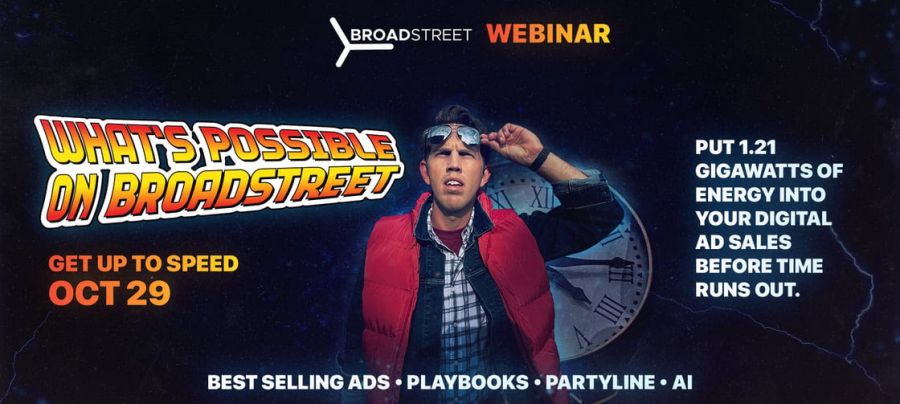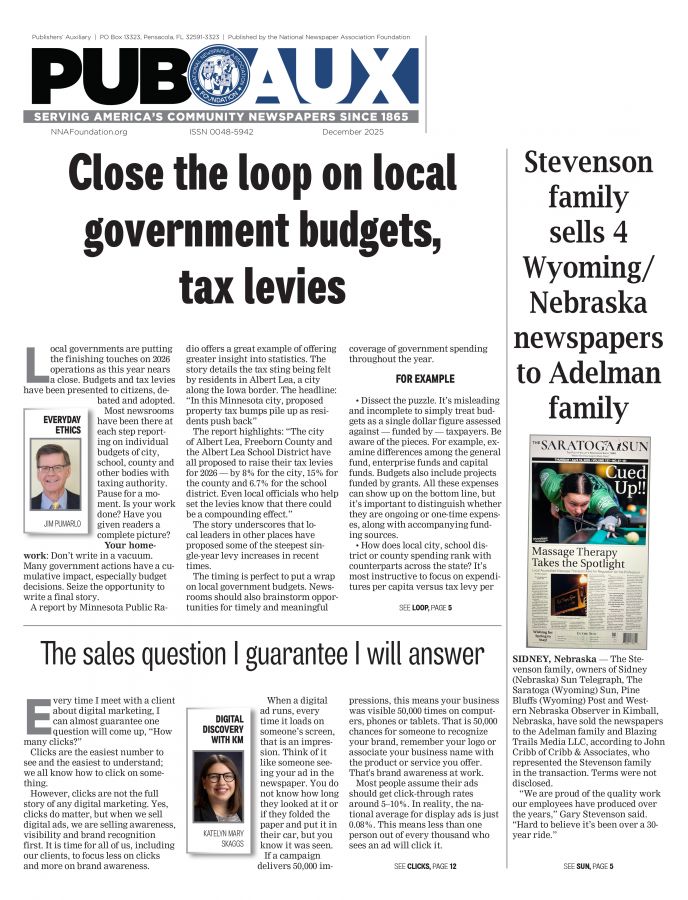Turning bye back to a buy: never give up
Tom Silvestri
Jun 23, 2020

The quickest way to ruin a publisher’s or advertising director’s day — or budget — is for a major advertiser to quit.
As a former longtime publisher, I know that pain.
A Newspaper Association Managers (NAM) colleague called me this month wondering if I could recommend steps to help a member newspaper convince a major advertiser to return.
I’m no expert, but here are a few suggestions:
*Be thorough in constructing both sides of the departure: put yourself in the shoes of the advertiser and list its known reasons; then, hear out your ad team, especially the sales representative assigned to the account. Facts, not feelings.
*Analyze the lists for strengths and weaknesses, opportunities and further challenges. Here, you can speculate in pursuit of more facts.
*Get to the decision-maker and secure a meeting ASAP to learn more about the reasons.
*One of my colleagues at the Richmond (Virginia) Times-Dispatch would dig into the advertiser’s key performance indicators. And then, Advertising VP Jim Miller would rank them by importance. Was the advertiser, for example, focused on driving traffic to its store, or was it more interested in getting email addresses or text numbers for a digital campaign? Match your follow-up conversation and pitches to these customer-desired metrics.
*If it’s a chain with outside-your-market ownership, strengthen the newspaper’s relationship with local managers who know your market. Are they good advocates for you? If so, strengthen. If not, work here.
*Secure research and data that support your value. Local market research is the best.
*If local market statistics don’t exist, tap the research that regional and national organizations have compiled to show newspaper effectiveness.
*Know your competition, especially if they’ve gained your advertiser. Where can you show you’re better? Use discretion here, as merely badmouthing a competitor may backfire. Make it about your strengths knowing a noted point can be compared to a competition’s shortcoming.
*Save all reader reaction when it’s discovered the advertiser decided to leave you. Ask readers how they used the ads to make shopping decisions. Compile and share with the advertiser to press your point further.
*Refrain from blasting the advertiser in public. Others will note that for future reference.
*Get creative. I was always amazed just how many advertisers were surprised by our strong digital products. Repackage your advertising solutions with a multi-media approach to offer different solutions.
*Come up with a new campaign for the advertiser. Surprise them.
*Consider finding a middle ground apart from, say, a store’s sale ads. Many businesses support local charitable efforts. Offer to partner there in terms of a sponsorship where you are hired to help inform what the non-profit group is doing. (Label this sponsored content to distinguish from news coverage.)
*Invite them in to your office (works best when there isn’t a pandemic shutdown) to meet your staff. Suggest they watch a news decision meeting in action. (In Richmond, readers could sit in on the “Page One Meeting” that’s held in the afternoon.) Let the advertiser see the local residents working at the newspaper, which depends on ads to pay salaries and other bills.
*Keep at it. It could take multiple pitches. Walk a fine line between being a pain in the neck and professionally persistent. But each time you knock, you could pick up added insight.
This is far from a definitive list. Feel free to send your favorite suggestions.
Here’s to more victories.
Tom Silvestri, most recently president and publisher of the Richmond (Virginia) Times-Dispatch, is the executive director of the Relevance Project, the joint effort of the Newspaper Association Managers strengthen the industry’s unique role as the provider of quality journalism and the keeper of public forums for thousands of communities across the continent. NAM is a group of state, regional and national press associations across the U.S. and Canada.









